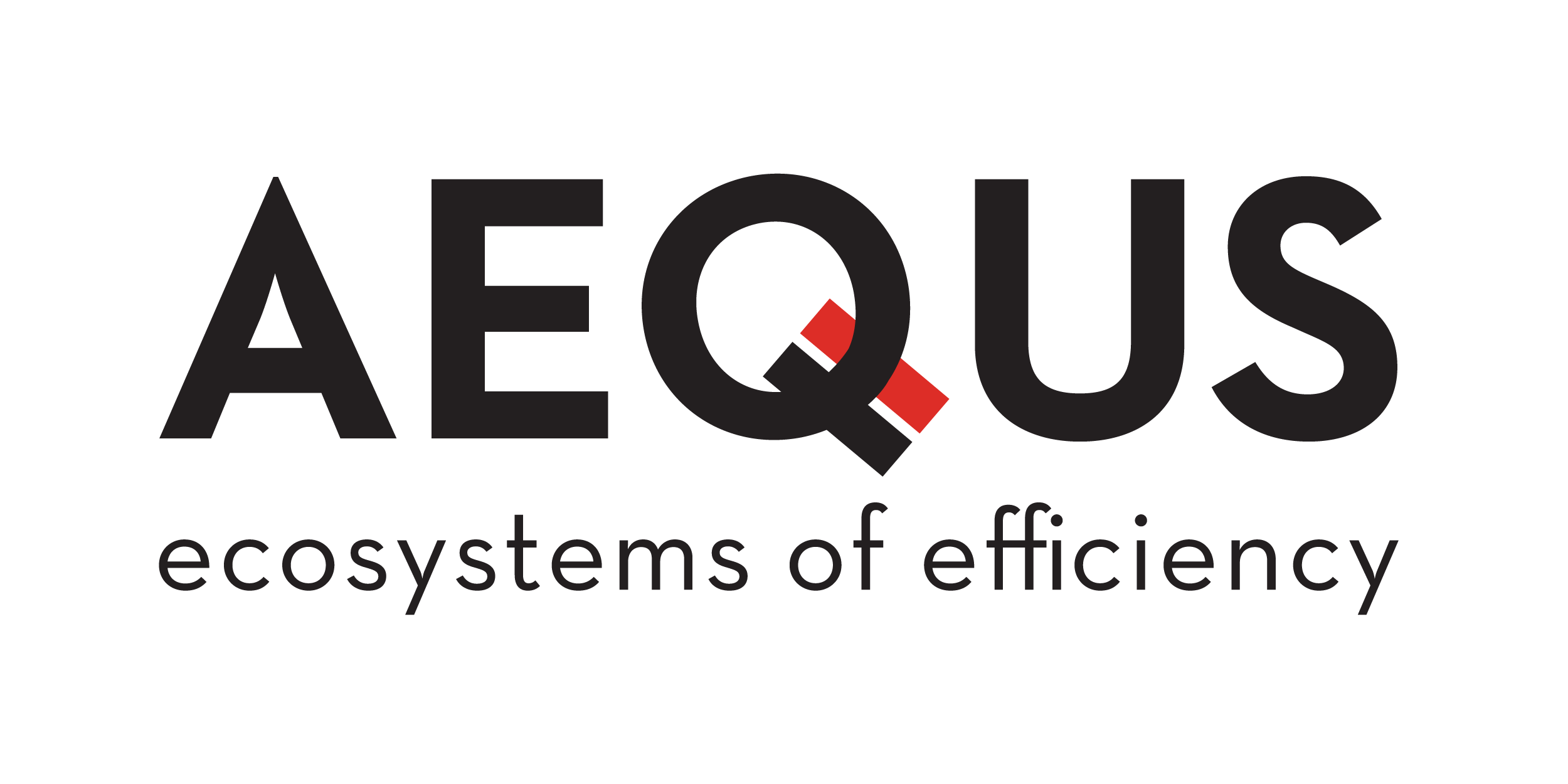Summary : With a median age of 28, India’s young population will ensure the country remains the largest provider of human resources globally, contributing 25 percent of the incremental global workforce over the next decade…
By Kapil Mahajan
As India’s young workforce reshapes the challenge for leaders lies not just in attracting talent. The conversation must evolve from tracking diversity metrics to building ecosystems where purpose, balance, and belonging thrive.
Corporate India is witnessing a rapid demographic shift that mirrors the trend. With a median age of 28, India’s young population will ensure the country remains the largest provider of human resources globally, contributing 25 percent of the incremental global workforce over the next decade.
The rise of the restless generation
Gen Z and millennial are entering the workforce in increasing numbers, upending traditional approaches to diversity and inclusion. This young cohort is less inclined to follow conventional rules of engagement and more focused on career satisfaction and growth.
Impatient yet ambitious, they are not solely motivated by climbing the corporate ladder. While financial stability matters, this generation also seeks meaning beyond work. Research shows that while millennials may be more settled in their careers, nearly one-third of Gen Zs plan to switch employers within two years—often as a way to gain stability, improve work-life balance, and pursue greater purpose while acquiring new skills.
For organizations, this poses a dual challenge: sustaining the leadership pipeline and rethinking diversity and inclusion. The key to retention lies in balancing three elements—stability, work-life balance, and a sense of purpose—while fostering genuine belonging.
Beyond headcounts to heartbeats
In this context, building truly inclusive workplaces becomes crucial. The focus must shift from simply meeting diversity targets to cultivating environments where everyone is seen, heard, and valued. This challenge is even sharper in manufacturing, where female representation is lower than in white-collar sectors.
Industry-wide, the push for inclusion has advanced alongside diversity efforts, with the larger aim of fostering belonging across organizations. Diversity brings people of different backgrounds, genders, ages, and identities into the workforce. Inclusion ensures they have a voice and a seat at the table. Belonging, however, is what binds the two together, making employees feel at home.
Belonging is the emotional experience of being accepted, respected, and valued for who we are. It is rooted in transparency, trust, and respect and embedded in the DNA of organizations that thrive. Creating a culture of belonging acknowledges that every voice matters, and every contribution deserves recognition and celebration.
Employees who feel they belong are more engaged, motivated, and committed. Belonging builds trust, which is essential for open communication and effective teamwork. When people feel safe to share unconventional ideas, creativity flourishes. It also reduces stress and isolation, supporting mental and emotional wellness.
Belonging in action
Creating belonging is not a one-off initiative but a continuous commitment. Managers play a pivotal role by modeling empathy, practicing active listening, and championing diverse voices. They must challenge exclusionary norms and ensure fair access to growth, mentorship, and decision-making, particularly for underrepresented groups. Recognizing cultural observances, personal milestones, and diverse traditions in meaningful ways further strengthens inclusion.
Moving toward a culture of belonging requires leadership that embraces an inclusive mindset—providing equitable opportunities, safe spaces for expression, and a workplace that celebrates identity.
Read the full article on the ET HR World site
